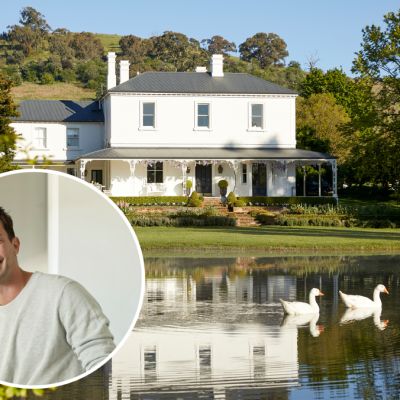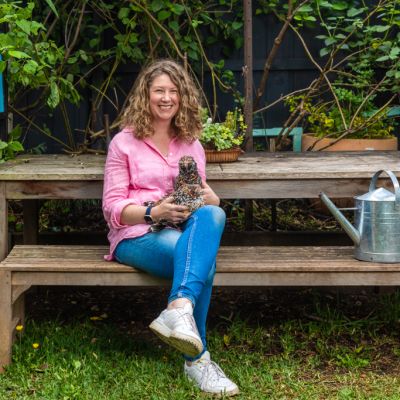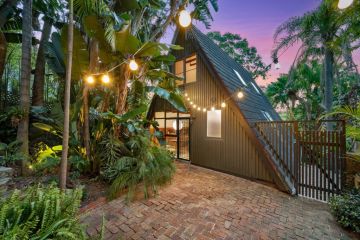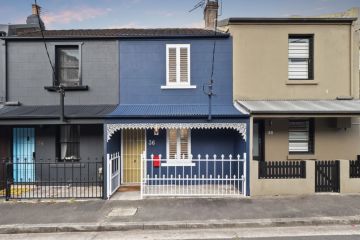Victorian woman lives with 140 animals on a two-hectare block of land
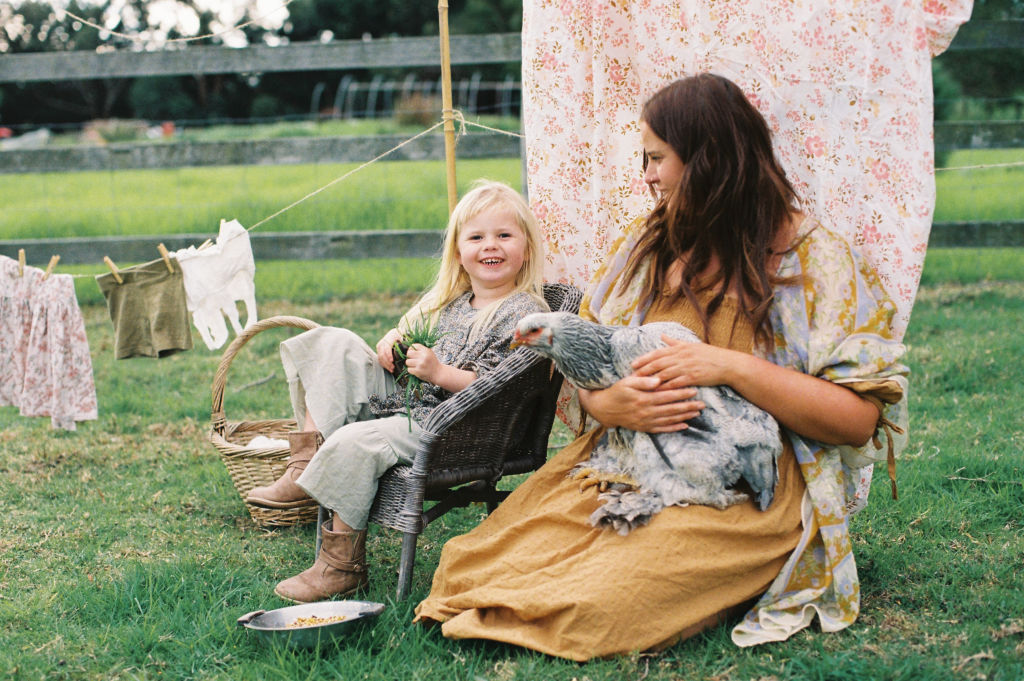
Three years ago, Shelley Jones and her husband had what she describes as a “normal house” on an average-sized block in McCrae, Victoria – albeit with a “mini-farm” that included ducks, chickens and a veggie patch.
When they bought a two-hectare block a few suburbs over in Boneo, in the Mornington Peninsula’s green wedge, they set about transforming the empty paddock into a thriving, self-sufficient landscape.
“We got really interested in [farming], and we wanted to expand, and we thought, you know … ‘It’s time to go bigger,’” says Jones.
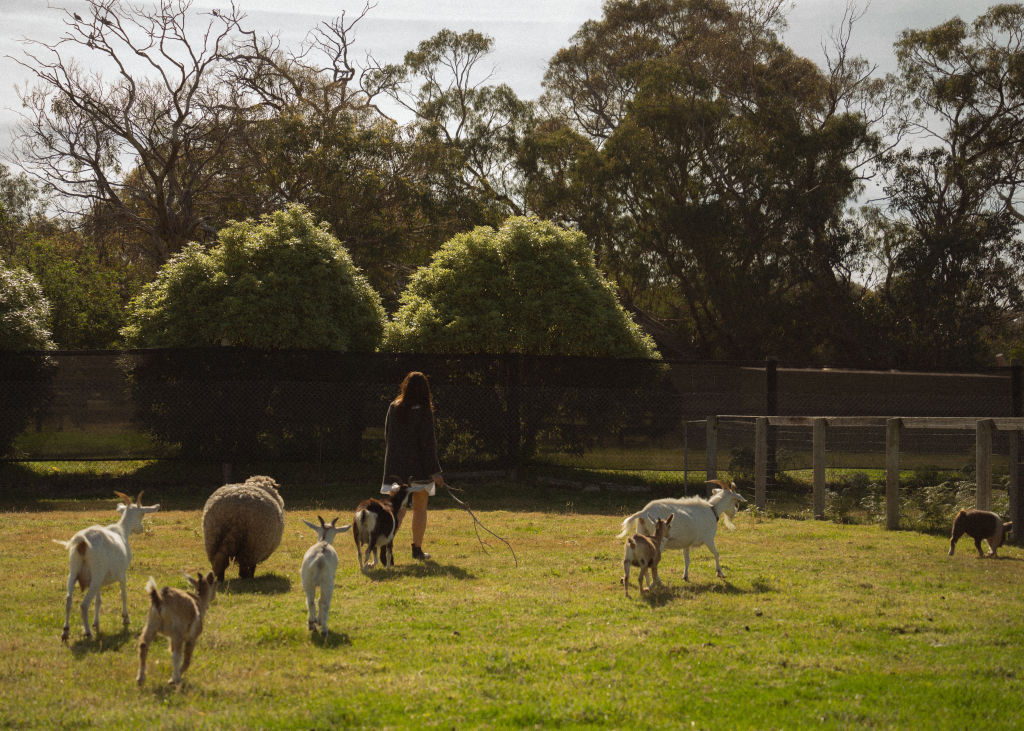
Like neighbouring Fingal and St Andrews Beach, property prices in the Boneo area enjoyed a post-COVID surge. Hence, the large blocks Jones and her husband were looking at were beyond their budget.
That’s when Jones’ mum suggested they purchase a property together and set up a multigenerational living arrangement.
“That was a way to keep us all together,” says Jones. “And Mum didn’t want to live on her own anyway.”
She adds that the situation means there is an extra set of hands to help maintain the house and land.
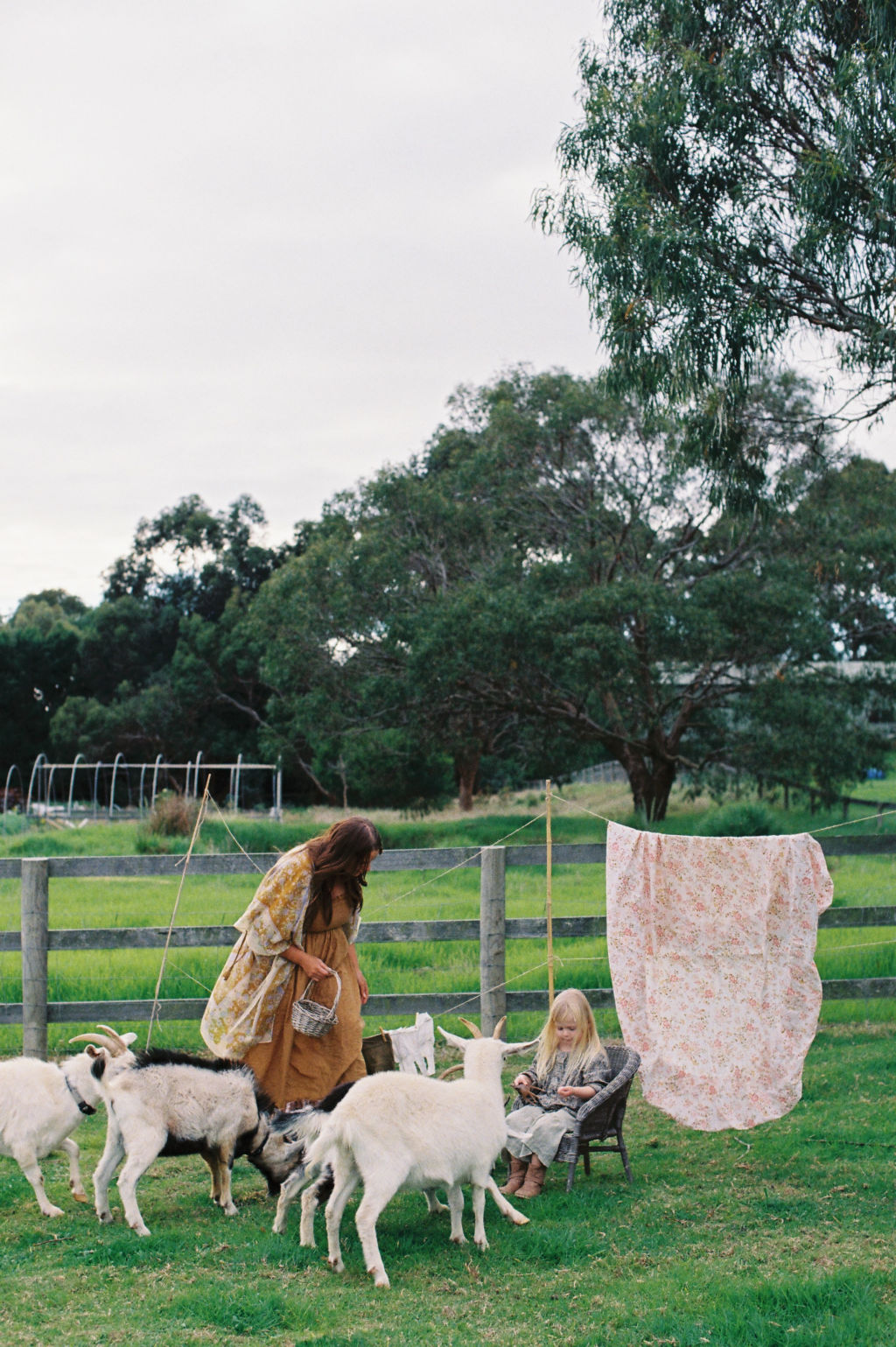
Today, as well as Jones’ husband, mother and daughter, the property is home to 140 animals – including goats, one sheep, pigs, ducks, chickens and geese – numerous fruit and nut trees, beehives, a bee-attracting wildflower garden, a rambling food forest and a freezer that grows oyster mushrooms.
The family’s food forest was once a horse menage – so they had to work hard to transform the soil from sandy into rich and fertile.
The animals, meanwhile, are not raised to be food. Instead, they play various roles in the functioning of the property: the goats eat the grass; the chickens and ducks aerate and fertilise the soil; the ducks eat bugs and slugs from the vegetable plants; and the pigs use their noses to lift the earth.
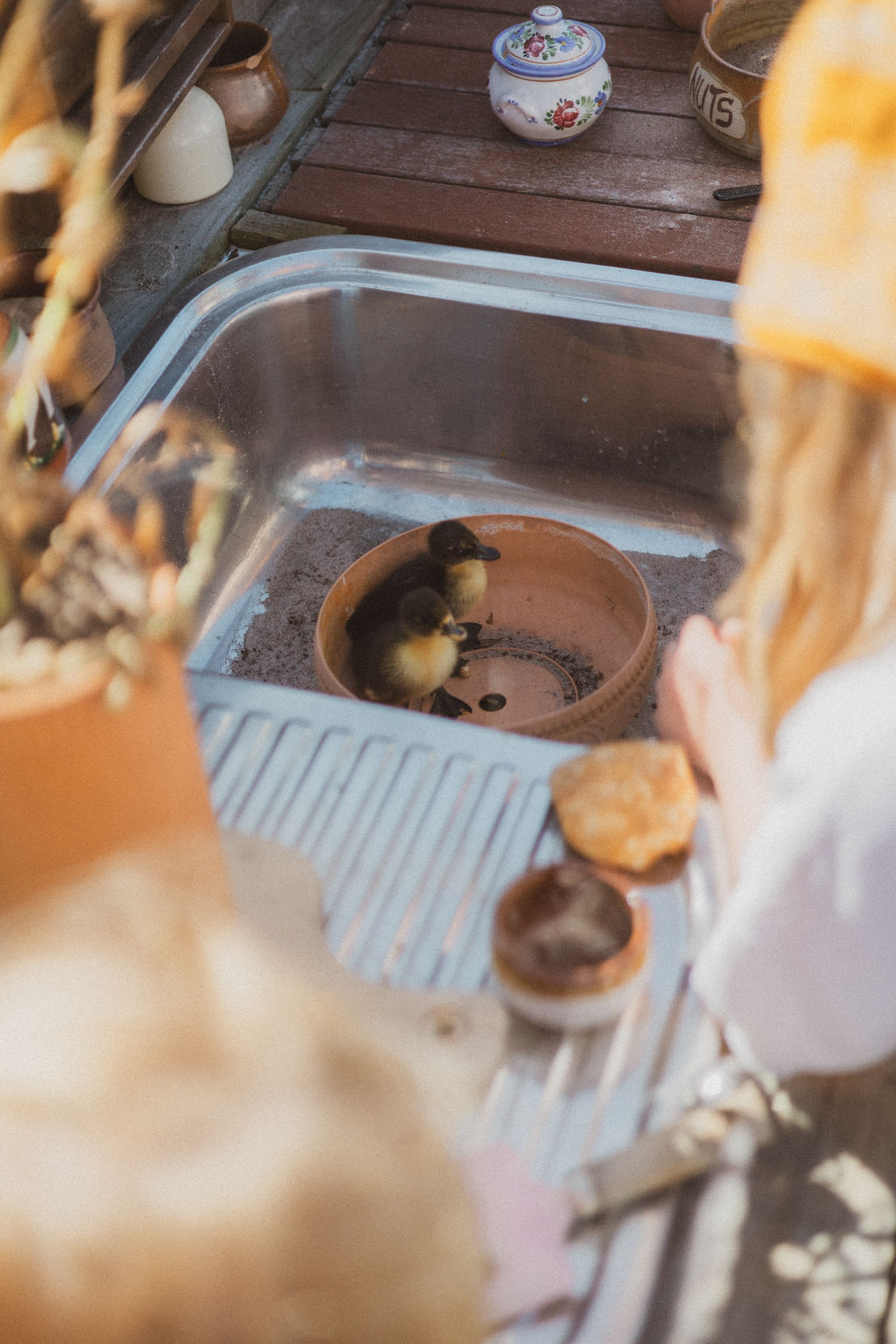
“Essentially they’ve just tilled the ground for us,” explains Jones, who uses regenerative and circular farming principles wherever possible.
“We’re trying to be sustainable but also low-impact on the environment. Even when [the sheep] was shawn … I used her entire wool. It was massive. We used it all on our garden beds because it breaks down and a lot of the nutrients in the wool create heat as well and it can be a good protection. It holds in moisture … like a cover mulch.”
Surprisingly, Jones didn’t grow up on a farm, and has learnt everything she knows through trial and error (plus a couple of workshops) over the last five years.
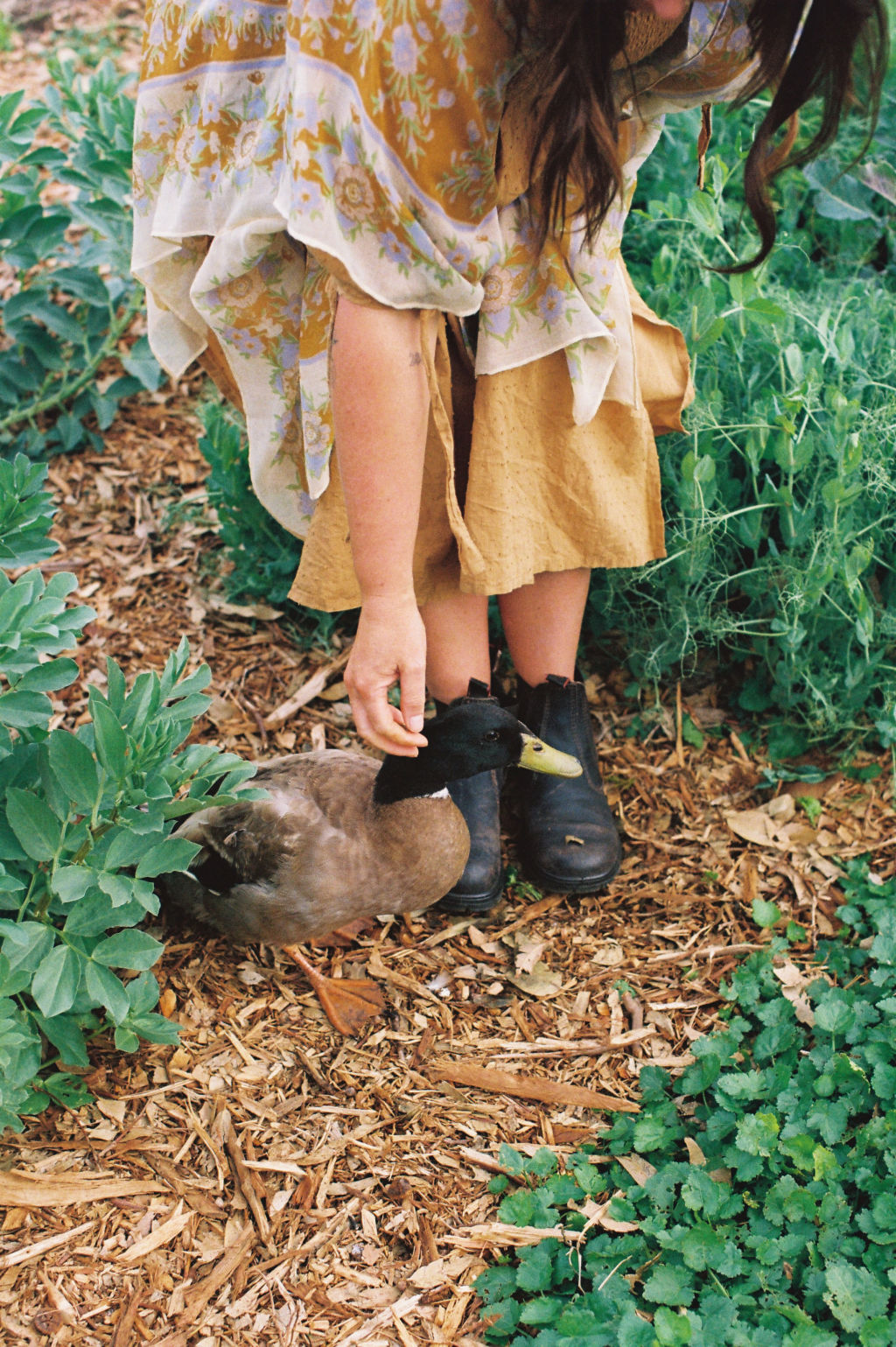
And after schooling her young daughter, Isla, in some of these skills, Jones was inspired to establish Little Farmers, an on-site education program for local kids.
“Growing Isla up on the farm, teaching her how to grow veggies, how to sow seeds … where all our food comes from. I was like, ‘Other kids need this’,” she says. There are now 80 families who attend weekly Little Farmers classes.
Jones guides kids in planting and harvesting vegetables, planting trees, and caring for silkie chickens (collecting eggs, feeding them, ensuring they have water, cleaning the coop).
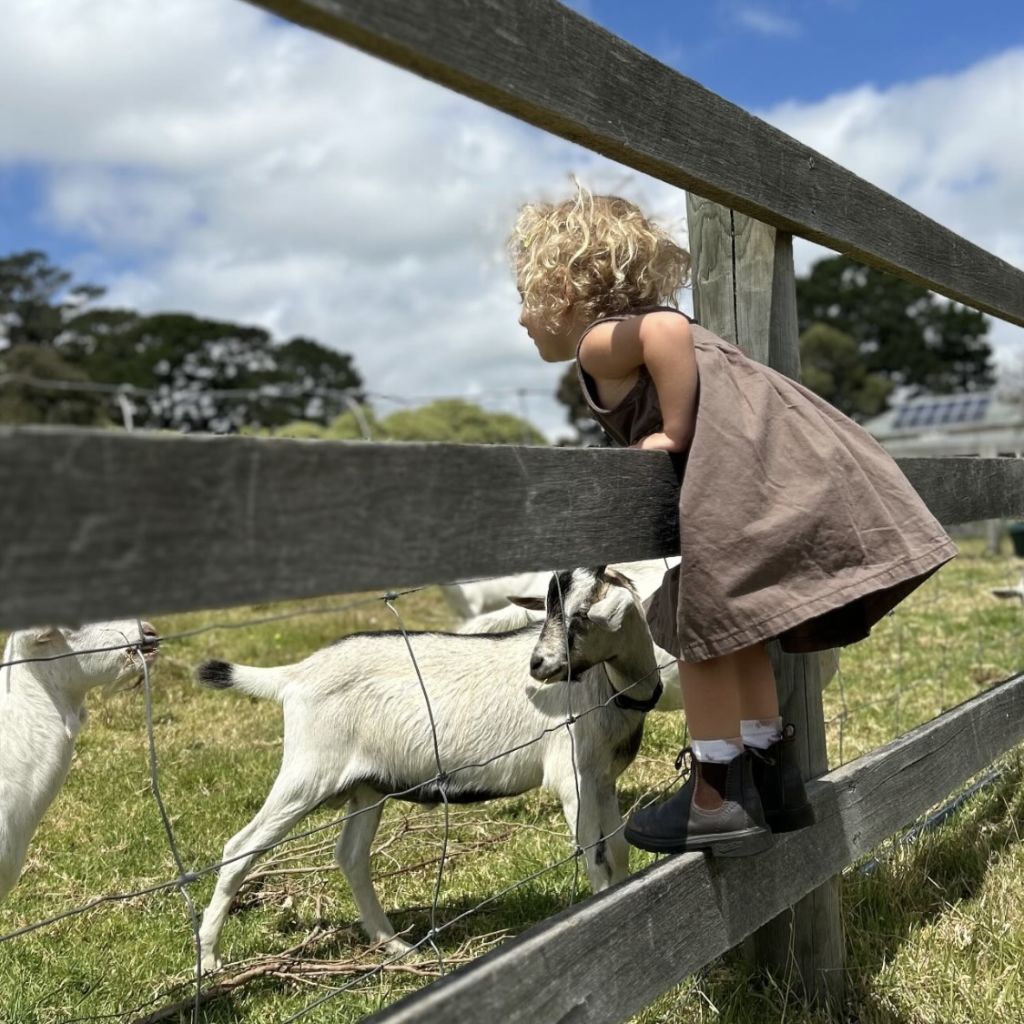
At certain times of the year, Jones also runs Little Foodies workshops with a nutritionist friend, where children harvest, prepare and cook veggies for dishes such as pizza or rice paper rolls.
There’s even a miniature wetland for raising frogs and learning about the local ecosystem, and workshops on bees and worm farms.
A “bush foods garden” is underway, which will teach kids about foraging for indigenous plants, as are greenhouses, an outdoor classroom and a bell tent for mindfulness. Once access to bore water has been installed, there will be a pumpkin patch and cauliflower field for the kids to enjoy.
“They go home with everything they learned, and they apply it. I get [text messages that say] ‘I set up a worm farm!’ Or ‘Where did you get your backyard chickens?’” says Jones. “That’s the best feeling.”
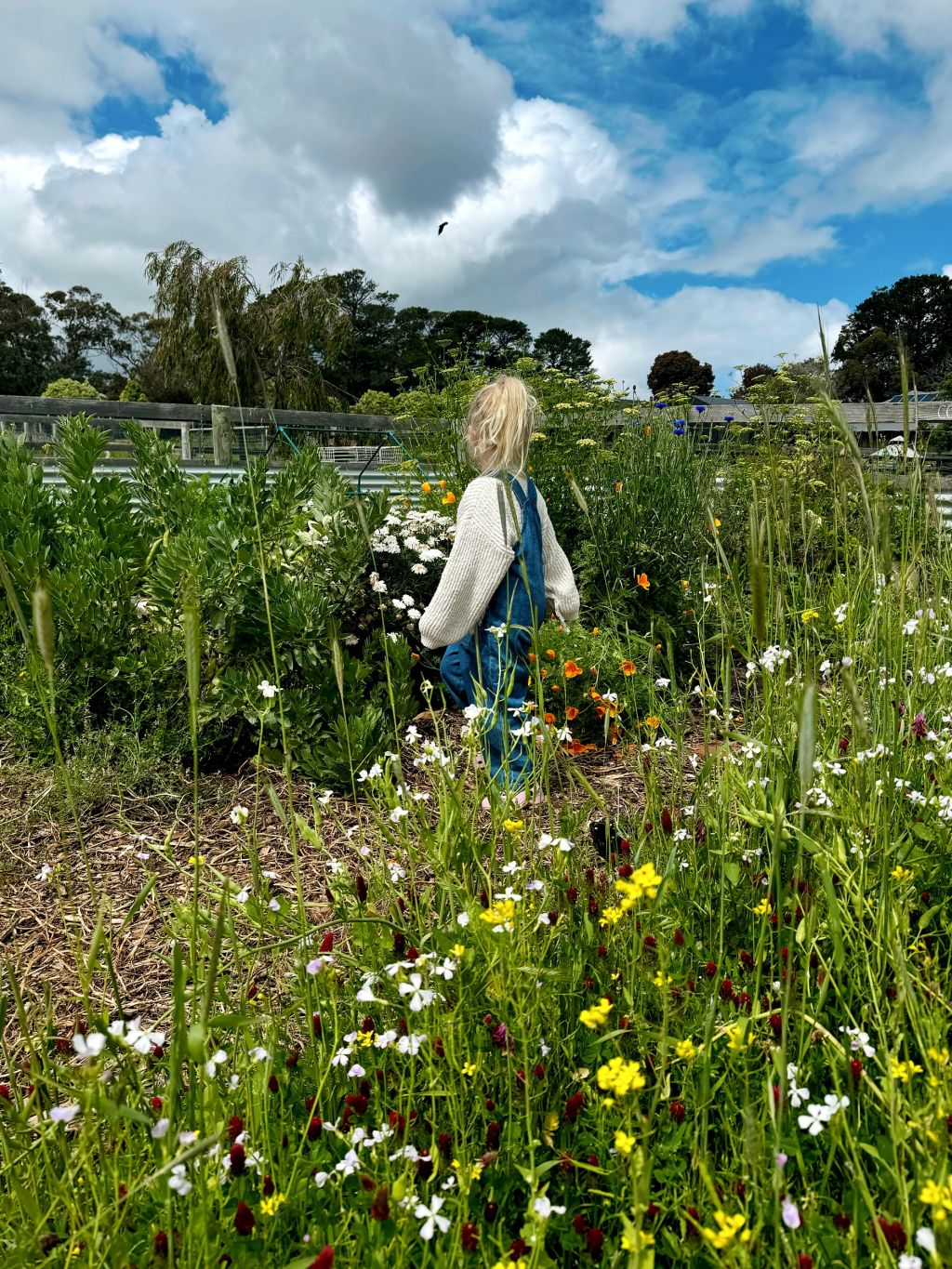
Jones says her favourite part of living on the property – apart from being able to shut the front gate and feel as though they have their own sanctuary – is the opportunity to share her love of self-sufficiency and sustainability, and to show others how simple these things can be (even if you don’t have two hectares).
“You can definitely grow enough food for yourselves [on an average property],” she says. “You can definitely get the backyard chickens so that you’ve got eggs. You can get your own beehives and supply your own honey.”
We recommend
We thought you might like
States
Capital Cities
Capital Cities - Rentals
Popular Areas
Allhomes
More
- © 2025, CoStar Group Inc.
